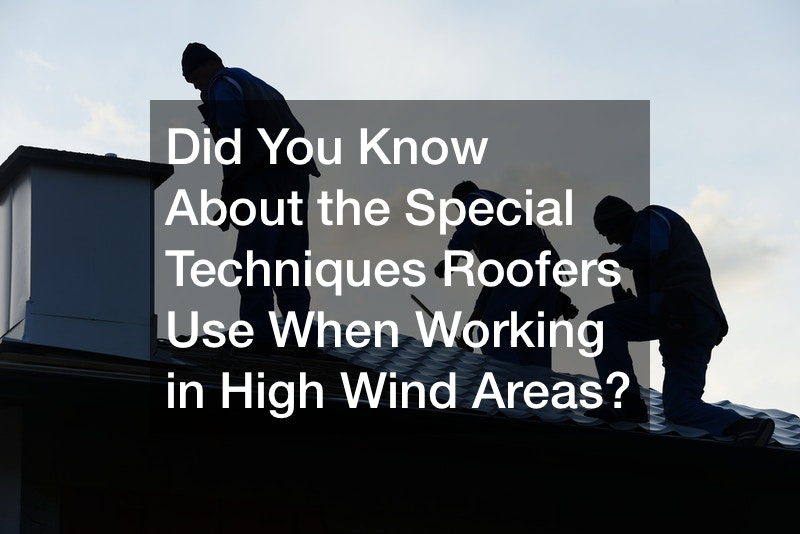
Roofers do a dangerous job. This job is made even more dangerous when it’s really windy. The magazine Fine Homebuilding looks at how roofers are able to work on roofs in high wind zones.
Any roofing project, like installing a wind ballasted roof, usually stops when wind reaches extreme gusts of 35 mph or more. In the UK, roofers are encouraged by the National Federation of Roofing Contractors to temporarily halt a job whenever there is a steady wind of 23 mph or more.
Wind speeds are often checked throughout a job with a small gadget called an anemometer.
When laying out rolls of material like felt, great care is taken, since wind can lift the material and knock the roofers off balance, causing a fall. Material is not lifted, but left down on the roof whenever possible.
Roofers also use safety harness systems to help prevent falls. These consist of a body harness, anchor points pinned to a truss over the roof’s peak, and material like rope or bungee cord that connects the anchor to the harness. This way, if a roofer falls off of the roof because of the wind, the roofer would not hit the ground.

